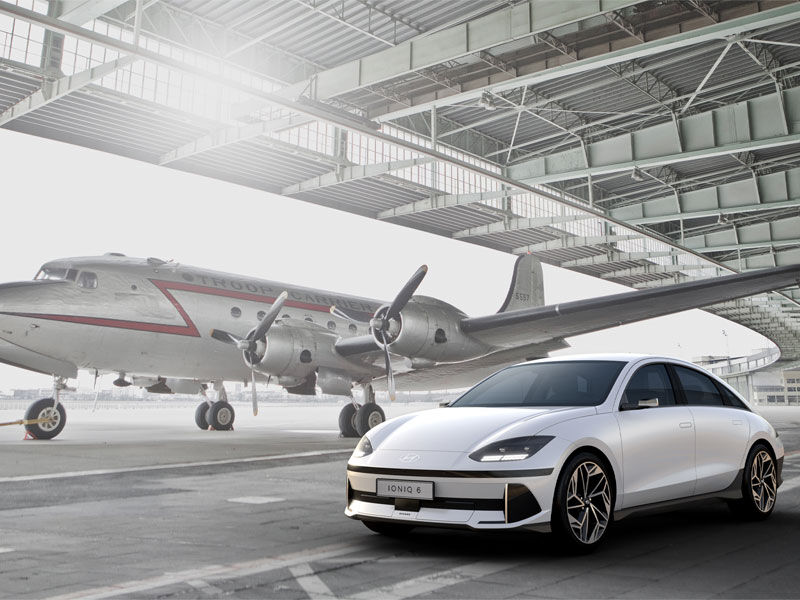Hyundai Motor and Kia to develop lunar surface exploration mobility through joint multilateral research agreement.

Hyundai Motor and Kia, who have pioneered endless possibilities for mobility expansion through innovative technologies such as robotics and Advanced Air Mobility (AAM), are now expanding their vision beyond the bounds of Earth and into space.
Hyundai and Kia announced on July 27 that they signed joint research agreements with six Korean research institutes and formed a consultative body to develop mobility solutions to explore the surface of the moon. The announcement follows Korea’s successful launch of a domestically produced rocket in June.
"We have taken the first step towards transforming our vision for robotics and the concept of Metamobility into reality," said Yong Wha Kim, Executive Vice President, and Head of R&D Planning & Coordination Center of Hyundai Motor and Kia. "We will expand the scope of human movement experience beyond traditional means of transport and beyond the bounds of Earth to further contribute to the progress of humankind and help create a better future."
The signing ceremony held in Korea was attended by Chung Kook Park, President and Head of R&D Division of Hyundai Motor and Kia as well as top officials from the six research institutes: Korea Atomic Energy Research Institute (KAERI); Korea Aerospace Research Institute (KARI); Korea Astronomy and Space Science Institute (KASI); Korea Automotive Technology Institute (KATECH); Korea Institute of Civil Engineering and Building Technology (KICT); and Electronics and Telecommunications Research Institute (ETRI).

With collaboration expected to start as early as August, the consultative body will define the concept of lunar exploration mobility and major core technologies while developing and reviewing specific strategies and implementation measures to operate on the moon. Hyundai Motor and Kia will support the consultative body with their smart mobility technologies.
Under the multilateral research agreement, the participants from the private and government sectors will integrate their knowledge and capabilities to significantly advance their existing technologies and engineer new solutions for moon exploration mobility. Expertise will be brought to bear across numerous areas, including exploration equipment, software for mobility operation and remote communication functionality.
With no air, extreme temperatures and countless craters and coatings of lunar dust composed of sharp and abrasive particles, the moon’s surface is an exceptionally harsh environment. While it poses significant challenges to the development of surface exploration mobility, it also provides the ultimate proving ground and will deliver invaluable lessons for Hyundai and Kia to further accelerate the delivery of smart and sustainable mobility solutions on earth.
Hyundai and Kia have formed an internal consultative body with key personnel for the development and operation of lunar surface mobility. Resources will be brought to bear from Hyundai and Kia’s Robotics Lab in charge of robot development. Hyundai and Kia will also collaborate on software and hardware design and interpretation, space environment response technology, and special equipment for conducting lunar exploration missions.
The multilateral agreement to develop mobility for exploring the moon's surface represents a seminal moment in the history of Hyundai Motor and Kia that expands their vision for future mobility, including Robotics and AAM, to areas beyond the Earth. Hyundai and Kia also expect to secure proprietary technologies for future mobility businesses in the process of the new lunar exploration mobility robotics development.
In January, Hyundai Motor announced its robotics vision of ‘Metamobilty’ to help overcome the limitations of movement at CES 2022, which featured a video of Boston Dynamics’ robot, named ‘SPOT’, exploring outer space.







